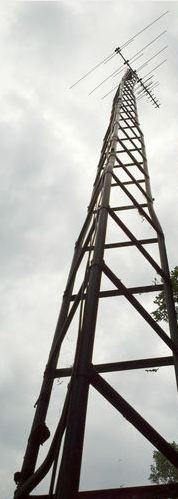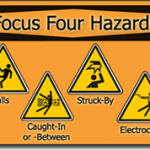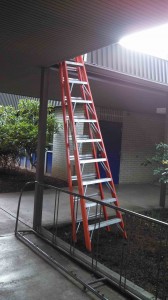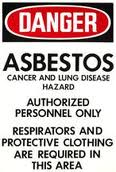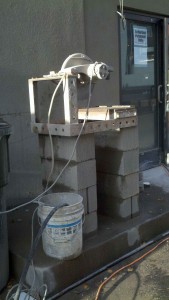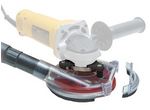Wed 20 Mar 2013
Radiation exposure from Radio/ Tv/ Cell Towers
Posted by admin under ACGIH, Federal OSHA, Hazard Communication, Management, Radiation, Safety Programs, Training
Comments Off on Radiation exposure from Radio/ Tv/ Cell Towers
This type of potential exposure usually doesn’t cross my mind. Luckily, the specifications in the construction project (and the obvious towers nearby), alerted us to the hazard.
If employees are working near areas of potential high electromagnetic (EM) activity, you should do something (see below). High EM potential areas are power lines, cellular towers, TV/Radio broadcast sites, etc. We have all heard the dangers of living under high voltage power lines, and this is essentially the same concern: Non-ionizing radiation.
The FCC has a guidance document OET-65 (radio frequency) which has some recommended limits, called maximum permissible exposures (MPE). These limits vary depending on the frequency range and how close/what type of work you are doing nearby. OSHA (1910.97) has some guidance (based upon an old ANSI standard) and the ACGIH also has recommended limits. New research is ongoing due to the increased use, and the future demand, of cell phones. The clearest guidance is from IEEE (C95 radio frequency). They provide recommendations and a sample plan. But, to summarize:
- look for the source (s) of the radiation (sometimes it’s not obvious)
- take measurements (might be difficult, unless you have access to a field intensity meter) Ask the FCC?
- determine risk potential
- make a plan
- train
- consider:
- cranes, large pieces of equipment that may resonate with a certain frequency
- heat from stored energy
- nondescript symptoms, which is usually the first sign of a problem
This is a somewhat new field (no pun). But, remember when power lines, cell towers, and tv/radio stations were installed. – The goal wasn’t to keep these away from people, it was to bring them closer. How close should we get? I’d love to hear if anyone has been dealing with this a lot in construction.
